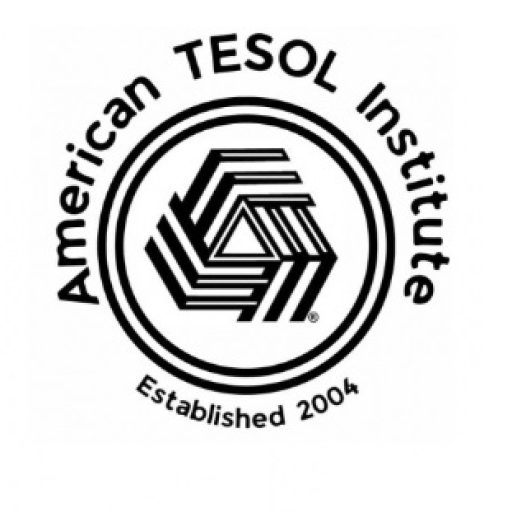In today’s interconnected world, the internet has revolutionized the way we learn, communicate, and collaborate. For language learners, this digital landscape offers a wealth of opportunities to connect with peers, share knowledge, and practice language skills in authentic contexts. Collaborative websites have emerged as powerful tools for fostering language acquisition through interactive activities, peer feedback, and a sense of community.
Benefits of Collaborative Websites for Language Learning
- Enhanced Engagement: Collaborative websites provide a dynamic and interactive learning environment where students can actively participate in discussions, contribute content, and receive feedback from peers and instructors.
- Authentic Communication: These platforms offer opportunities for real-life language practice through online discussions, forums, and collaborative projects, fostering communication skills and cultural understanding.
- Peer Learning and Support: Students can learn from each other, share resources, and provide mutual support, creating a sense of community and motivation.
- Accessibility and Flexibility: Collaborative websites can be accessed from anywhere with an internet connection, allowing for flexible learning schedules and accommodating diverse learning styles.
- Technology Integration: These platforms seamlessly integrate technology into language learning, equipping students with essential digital literacy skills.
Popular Collaborative Websites for Language Learning
- Wikis: Wikis, like Wikipedia, allow users to create, edit, and link web pages collaboratively. They can be used for group projects, research activities, and knowledge-building exercises.
- Language Exchange Platforms: Websites like Tandem and ConversationExchange connect language learners from different countries to practice their target languages with native speakers.
- Online Forums and Discussion Boards: These platforms provide spaces for learners to ask questions, share ideas, and engage in discussions about language and culture.
- Collaborative Document Editing Tools: Tools like Google Docs and Microsoft OneDrive enable real-time collaboration on documents, presentations, and other projects, fostering teamwork and communication skills.
- Social Media Groups: Many social media platforms have dedicated groups for language learners, where members can share resources, practice their language skills, and connect with others.
Effective Strategies for Using Collaborative Websites
- Set Clear Goals and Expectations: Define the purpose and objectives of the collaborative project. Establish clear guidelines for participation, communication, and assessment.
- Choose the Right Platform: Select a platform that aligns with your learning objectives and technological capabilities. Consider factors like ease of use, accessibility, and features.
- Foster a Supportive Community: Encourage positive interaction, respect, and inclusivity within the online community.
- Provide Structure and Guidance: Offer clear instructions and scaffolding to support students in their collaborative work.
- Monitor and Facilitate: Regularly monitor student contributions and provide feedback to guide their learning and ensure the quality of the content.
Conclusion
Collaborative websites offer a transformative approach to language learning, harnessing the power of technology and collective knowledge to create engaging and effective learning experiences. By leveraging these platforms, educators can foster a sense of community, promote authentic communication, and empower students to take ownership of their language learning journey. So, embrace the digital revolution and unlock the potential of collaborative websites to cultivate a vibrant and connected learning environment for your students.



